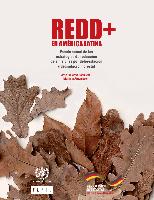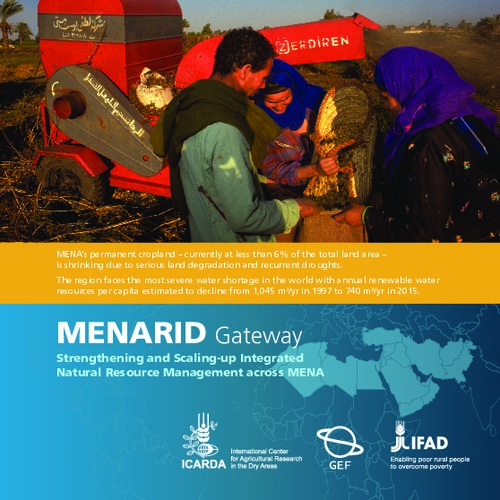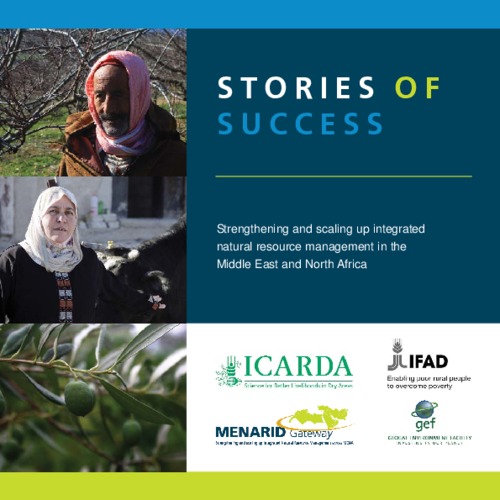Island Innovations – UNDP and GEF: Leveraging the environment for the sustainable development of Small Island Developing States
This publication, ‘Island Innovations – UNDP and GEF: Leveraging the Environment for the Sustainable Development of SIDS’, demonstrates that far from succumbing to these challenges, SIDS have time and again risen to the task of managing their fragile environments to meet their sustainable development goals.







